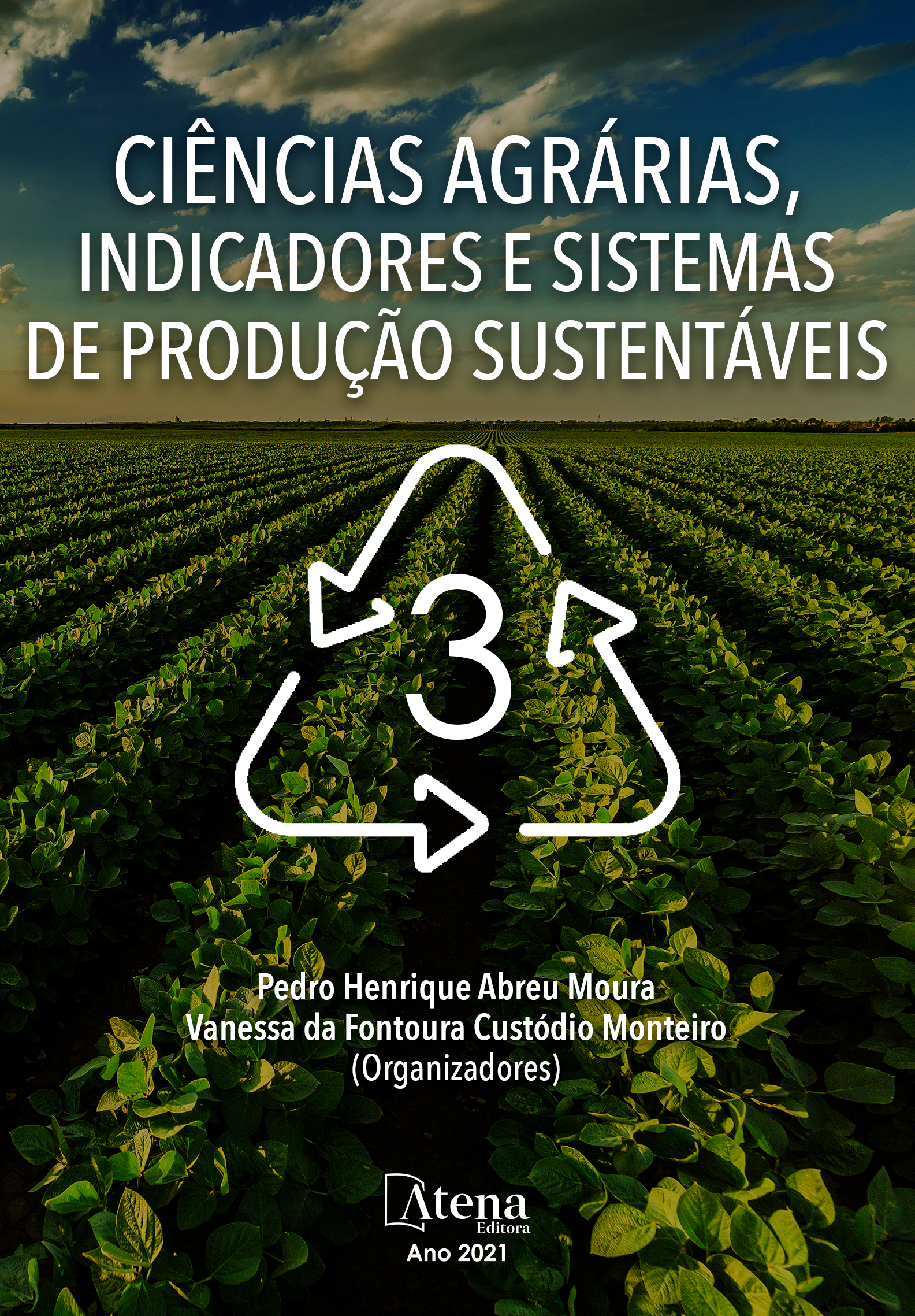
CARACTERIZAÇÃO HEMATOLÓGICA DE TRAÍRA (Hoplias sp.) E JEJU (Hoplerythrinus sp.) CAPTURADOS NO RIO MANOEL CORREIA – RONDÔNIA
O presente trabalho teve por objetivo caracterizar os parâmetros hematológicos de exemplares de jeju (Hoplerythrinus sp.) e traíra (Hoplias sp.) capturados no rio Manoel Correia, localizado no município de Seringueiras- RO. Foram feitas duas capturas realizada nos meses de outubro de 2018 e janeiro de 2019, totalizando 32 animais. Após a obtenção dos animais foi coletado 2 mL de sangue com EDTA de cada espécime e analisado o número total de eritrócitos (RBC), hematócrito (Ht), hemoglobina (Hb), contagem diferencial de leucócitos, contagem de trombócitos e calculados os índices hematimétricos: volume corpuscular médio (VCM), hemoglobina corpuscular média (HCM) e concentração de hemoglobina corpuscular média (CHCM). Os exemplares de jeju apresentaram maiores valores com relação à traíra no hematócrito (40,8±4,86%), hemoglobina (13,02±0,90 g/dL), VCM (44,14±23,4 fL), HCM (0,43±0,31 pg) e CHCM (0,98±0,21%). Com relação ao RBC o jeju apresentou valor menor (12,81±1,84). Já para os exemplares de traíra, obtiveram-se os seguintes resultados: Hematócrito (30,8±6,72%), hemoglobina (7,03±0,03 g/dL), VCM (26,24±17,49 fL), HCM (0,16±0,11 pg) e CHCM (0,67±0,11%). Com relação às variáveis comprimento (cm) e hemoglobina (g/100 mL), foi possível observar uma correlação positiva de fraca para nula para a espécie jeju, sendo esta não significativa (p>0,05). Por outro lado, para a traíra, o resultado foi uma correlação negativa considerada também fraca, porém, com resultado significativo (p<0,05). Com relação às variáveis comprimento (cm) e hematócrito (%) de jeju, obteve-se uma correlação positiva de fraca para nula (p>0,05), sendo esta não significativa. Já para a traíra, o resultado foi uma correlação negativa também considerada fraca, não significativa (p>0,05). No estudo diferencial dos leucócitos, os eosinófilos foram as células mais frequentes, seguido pelos monócitos, linfócitos, trombócitos e neutrófilos. Através dos resultados obtidos, demonstrou-se que as análises hematológicas apresentaram diferença para as células da série vermelha e também para a série branca entre as diferentes espécies estudadas. Nos parâmetros dos exemplares analisados, o espécime jeju apresentou os maiores valores da série vermelha em relação aos de traíra. Para a série branca ambas as espécies apresentaram um quadro semelhante.
CARACTERIZAÇÃO HEMATOLÓGICA DE TRAÍRA (Hoplias sp.) E JEJU (Hoplerythrinus sp.) CAPTURADOS NO RIO MANOEL CORREIA – RONDÔNIA
-
DOI: 10.22533/at.ed.02121291117
-
Palavras-chave: hematologia, infecção, parasitismo, peixe, saúde
-
Keywords: health, hematology, fish, infection, parasitism
-
Abstract:
This study aimed to characterize the hematological parameters of jeju (Hoplerythrinus sp.) and traíra (Hoplias sp.) specimens captured in the Manoel Correia river, located in the municipality of Seringueiras-RO. Two captures were made in the months of October 2018 and January 2019, totaling 32 animals. After obtaining the animals, 2 mL of EDTA blood was collected from each specimen and analyzed the total number of erythrocytes (RBC), hematocrit (Ht), hemoglobin (Hb), differential leukocyte count, thrombocyte count and calculated hematimetric indices: corpuscular mean volume (MCV), corpuscular mean hemoglobin (MCH) and corpuscular mean hemoglobin concentration (MCHC). The jeju specimens had higher values in relation to traíra in hematocrit (40.8±4.86%), hemoglobin (13.02±0.90 g/dL), VCM (44.14±23.4 fL), MCH (0.43±0.31 pg) and MCHC (0.98±0.21%). Regarding the RBC, the fast had a lower value (12.81±1.84). As for the specimens of traíra, the following results were obtained: Hematocrit (30.8±6.72%), hemoglobin (7.03±0.03 g/dL), MCV (26.24±17.49 fL ), MCH (0.16±0.11 pg) and MCHC (0.67±0.11%). Regarding the variables length (cm) and hemoglobin (g/100 mL), it was possible to observe a positive correlation from weak to null for the jeju species, which was not significant (p>0.05). On the other hand, for traíra, the result was a negative correlation considered also weak, however, with a significant result (p<0.05). Regarding the variables length (cm) and hematocrit (%) of jeju, a positive correlation from weak to null (p>0.05) was obtained, which was not significant. As for traíra, the result was a negative correlation also considered weak, not significant (p>0.05). In the differential study of leukocytes, eosinophils were the most frequent cells, followed by monocytes, lymphocytes, thrombocytes and neutrophils. Through the results obtained, it was demonstrated that the hematological analyzes showed differences for the cells of the red series and also for the white series among the different species studied. In the parameters of the analyzed specimens, the jeju specimen presented the highest values of the red series in relation to the traíra. For the white series, both species presented a similar rsults.
-
Número de páginas: 15
- Mayra Araguaia Pereira Figueiredo
- Dominique Oliveira Cavalcante
- Wilson Gómez Manrique


